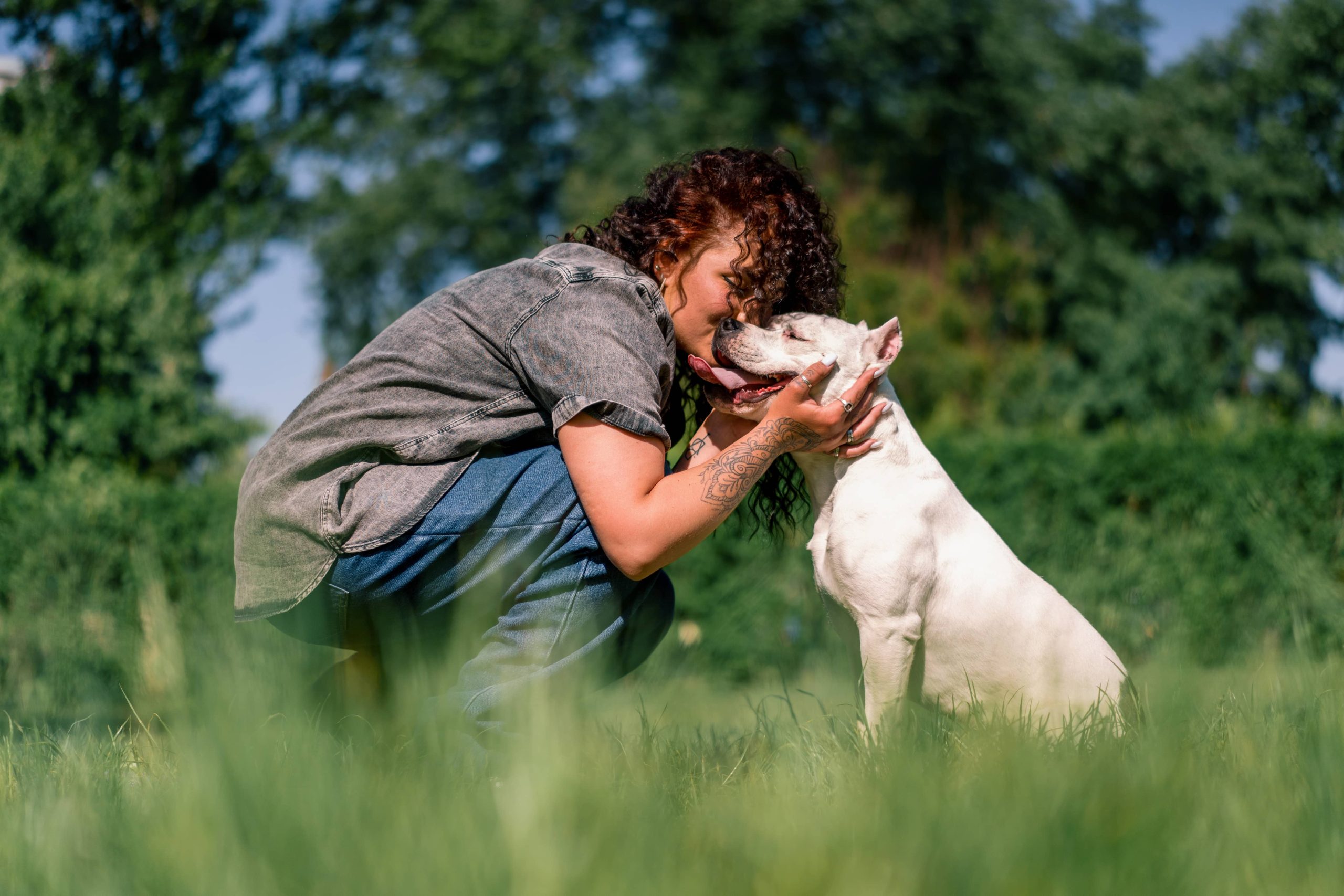
Separation anxiety in pets is a common and challenging issue many pet owners face. It is a distressing condition where pets show signs of extreme anxiety and stress when separated from their owners. This anxiety can manifest in various ways, including destructive behavior, excessive barking or whining, and even physical symptoms like excessive drooling or urination. Understanding and addressing separation anxiety early can prevent further behavioral problems and ensure that our pets live happier, healthier lives.
Understanding Separation Anxiety
Separation anxiety can affect both dogs and cats, though it is more commonly reported in dogs. It typically occurs when animals have a strong attachment to their owners and may have had previous traumatic experiences, such as being abandoned or rehomed. While the causes of separation anxiety can vary, common triggers include changes in routine, moving to a new home, or the absence of a household member.
Pets with separation anxiety often exhibit certain behaviors when left alone. These behaviors can include:
1. Destructive Behavior: Chewing on furniture, digging, or scratching doors and windows.
2. Vocalization: Excessive barking, howling, or whining.
3. House Soiling: Urinating or defecating indoors, even if the pet is house-trained.
4. Escape Attempts: Trying to escape from the home or crate in a frantic and sometimes self-injurious manner.
5. Physical Symptoms: Excessive panting, drooling, or pacing.
Preventing Separation Anxiety
Preventing separation anxiety involves a combination of training, environmental enrichment, and consistency. Here are some steps to help your pet feel more comfortable when alone:
1. Gradual Desensitization: Gradual and systematic desensitization is one of the most effective ways to prevent or reduce separation anxiety. Start by leaving your pet alone for short periods and gradually increase the duration. This helps your pet get used to being alone in a controlled manner. During this training, ensure that departures and arrivals are low-key to avoid heightening your pet’s anxiety.
2. Create a Safe Space: Designate a safe and comfortable area for your pet to stay when you’re away. This can be a specific room, a crate (if crate-trained), or a cozy corner with their bed and toys. Ensure that this space is associated with positive experiences and is free from anything that might trigger anxiety.
3. Interactive Toys and Puzzles: Provide your pet with engaging and interactive toys to keep them occupied while you’re gone. Puzzle feeders, treat-dispensing toys, and chew toys can help distract your pet and prevent boredom. These toys stimulate your pet’s mind and provide a positive outlet for their energy.
4. Maintain a Consistent Routine: Pets thrive on routine, and maintaining a consistent schedule can help reduce anxiety. Try to feed, walk, and play with your pet at the same times each day. Consistency provides a sense of security and predictability, which can be comforting for pets.
5. Exercise and Mental Stimulation: Ensure that your pet gets plenty of physical exercise and mental stimulation. Regular walks, playtime, and training sessions can help burn off excess energy and keep your pet’s mind active. A tired pet is less likely to become anxious when left alone.
6. Use Calming Aids: Consider using calming aids to help reduce your pet’s anxiety. These can include pheromone diffusers, calming collars, or natural supplements. Consult your veterinarian to determine the best options for your pet.
7. Professional Help: If your pet’s separation anxiety is severe, consider seeking professional help from a certified animal behaviorist or a veterinarian. They can provide a tailored training plan and may recommend medications if necessary.
8. Practice Independence Training: Teach your pet to be comfortable spending time alone while you’re still at home. Encourage them to spend time in their safe space or another room with a favorite toy or treat. Gradually increase the duration of these alone times to build their confidence.
9. Avoid Punishment: Never punish your pet for behaviors associated with separation anxiety. Punishment can worsen their anxiety and damage the trust between you and your pet. Instead, focus on positive reinforcement and reward calm behavior.
10. Positive Associations with Departure: Create positive associations with your departure by giving your pet a special treat or toy that they only receive when you’re leaving. This can help them associate your leaving with something positive and reduce their anxiety.
Conclusion
Preventing separation anxiety in pets requires patience, consistency, and understanding. By gradually desensitizing your pet to being alone, creating a safe and comfortable environment, providing mental and physical stimulation, and seeking professional help if needed, you can help your pet feel more secure and confident when you’re away.
Remember, the goal is to build your pet’s independence and reduce their anxiety, so they can remain calm and happy even when you’re not at home. With the right approach, you can ensure a healthier and more harmonious relationship between you and your beloved pet.






